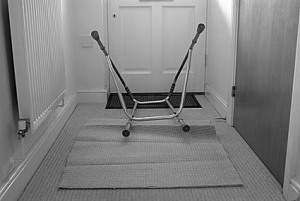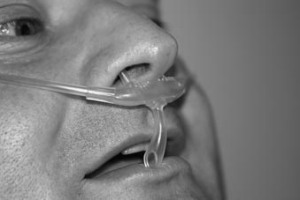Provision of Out-of-hospital Analgesia to Older Fallers With Suspected Fractures: Above Par, but Opportunities for Improvement Exist
Academic Emergency Medicine. Volume 20, Issue 8, pages 761–768, August 2013
Objectives
Paramedics frequently attend older patients who have fallen and sustained suspected fractures, a population of patients who may be at risk of inadequate analgesic care. This prospective study aimed to describe the rate and effectiveness of analgesia administered by paramedics to older patients with suspected fractures secondary to falls and to identify predictive factors associated with provision of analgesia.
Methods
A cohort of older patients aged greater than 65 years with suspected fall-related fractures was extracted from a database of 1,610 cases collected during a prospective, nonconsecutive observational study of older people who had fallen and received an ambulance response from October 1, 2010, through June 30, 2011. Fall-specific data, collected on scene by paramedics using a specially designed data form, were linked to patient clinical records and dispatch information. Descriptive analyses were performed to describe rates and effectiveness of analgesic administration, and multivariate logistic regression was conducted to identify factors associated with provision of analgesia.
Results
Of 1,610 patients in the observational study database, there were 333 patients identified as having suspected fractures, thus forming the study population. The mean (±SD) age was 82 (±8) years, and 75% were female. Suspected fractures of the hip were most common (42%). An initial pain score was recorded in 67% of cases, and the median initial pain severity was 8 of 10. Overall, 60% received analgesia, and 80% of those received parenteral opiates. Intravenous (IV) morphine was most common (63%), followed by methoxyflurane (39%) and intranasal fentanyl (17%). Administration of oral analgesics was uncommon. Analgesia was considered to be clinically effective (≥30% relative reduction in pain severity) in 62% of cases. Patients with suspected hip fractures had greater odds of receiving analgesia compared to those with suspected fractures at other anatomical sites. Compared to those with mild pain, the odds of receiving analgesia increased significantly for patients with moderate pain and severe pain.
Conclusions
In this population of older people who fell and sustained suspected fractures, two-thirds received paramedic-administered analgesia. The majority of patients received clinically effective analgesia, and the presence of a suspected hip fracture increased the likelihood of receiving pain relief.
http://onlinelibrary.wiley.com/doi/10.1111/acem.12190/abstract



